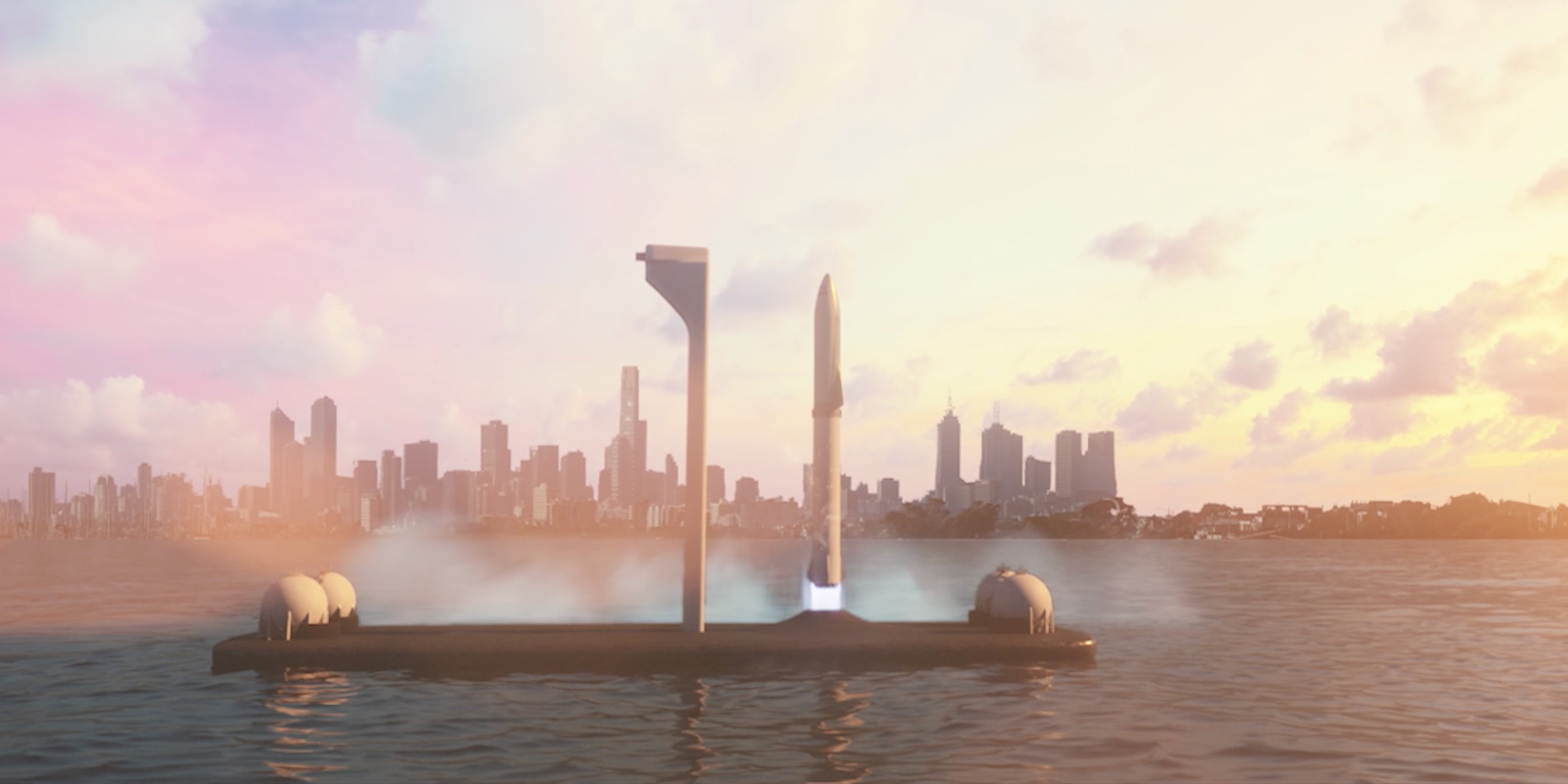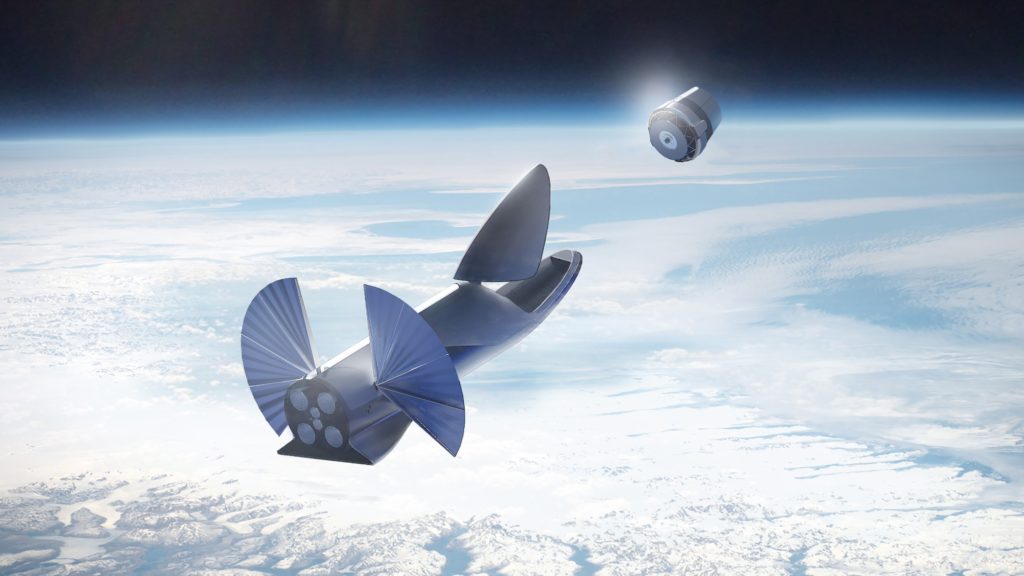Former NASA astronaut and International Space Station commander, Leroy Chiao, explains what it might feel like to ride inside SpaceX’s human-transport rocket and travel across the world in roughly 40 minutes. The Elon Musk coined BFR or Big Falcon Rocket is the serial tech entrepreneur’s latest vision for a city-to-city transportation system that would use rockets to transport passengers at speeds upwards of 18,000 mph (27,000 km/h), or over 30 times the speed of today’s passenger airliner.
Musk revealed details for his concept of a multi-planetary rocket during a recent presentation given at the International Astronautical Congress conference in Adelaide, Australia, where he described his grandiose vision to take people anywhere in the world in under an hour. A concept video showed people traveling from New York to Shanghai aboard a SpaceX BFR in 39 minutes.
But one has to ask, could the average person withstand the forces associated with rocket travel and what would it feel like to ride inside SpaceX’s Mars-intent rocket?
Surprisingly, the G-forces experienced from the rocket blasting off from ground level won’t be that uncomfortable for the passenger, says former NASA astronaut Leroy Chiao who’s flown on the space shuttle and Russia’s Soyuz spacecraft. “During launch on a rocket with liquid engines … the liftoff is very smooth, and one really can’t feel it.”
Instead, SpaceX BFR passengers experiencing weightlessness for the first time as the spacecraft temporarily arcs through space may feel a sense of nausea. “You feel like you are tumbling, as your balance system struggles to make sense of what is happening, and you are very dizzy,” says Chiao in speaking with Business Insider. “You feel the fluid shift [in your body], kind of like laying heads-down on an incline, because there is no longer gravity pulling your body fluids down into your legs. All this can cause nausea.”
Once the second stage section of the rocket that’s carrying humans begins to re-enter Earth’s atmosphere, passengers will begin to feel a gradual increase in G-forces and until it reaches roughly 5 G’s or the pressure of roughly five times that person’s weight. “As you start to re-enter the atmosphere, you would feel the G’s come on smoothly and start to build,” says Chiao.
The spaceship would descend towards a floating drone ship thats’s located back on Earth before firing its engines and slowing the spacecrafts’s descent onto the barge. “You would both feel and hear” the engines, Chiao said. “As the thrust builds, you would feel the G’s come on again, and then at touchdown, you would feel a little bump.”
As to whether this city-to-city travel-by-rocket concept could become a popular form of transportation, Chiao tells Business Insider that it’s not for the faint of heart and it likely won’t come cheap.
I would board a SpaceX BFR rocket for city-to-city travel (assuming free) … https://t.co/1rjTP4rQ4j
— TESLARATI (@Teslarati) September 29, 2017
Teslarati asked more than 1,100 people their thoughts on taking a SpaceX BFR if it were free. The majority of respondents said they would volunteer for BFR’s maiden voyage, while 31% said they would only ride aboard after 500-1,000 SpaceX BFR successes with no failures.
Knowing that the voyage won’t come without a potentially vomit-inducing experience, would you still volunteer for the journey?












